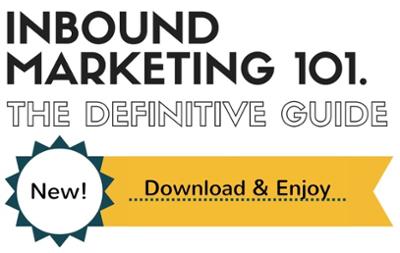Post-Campaign Promotions
Congratulations, you completed your inbound campaign! In addition to launching your campaign, you also need to take steps to continuously promote it and supplement it in areas that need it the most.
Attract More Visitors
Keywords
Brainstorm other important keywords that will help you get found. These should be keywords that relate to the problems and solutions your buyer personas are searching for.
Blogging
Create blogs posts around the new keywords you've identified. You can always supplement your blog posts with industry news, FAQs, and current events.
Social Media
Schedule posts to go out through social media. Remember to promote your new blog posts related to your offer and share topically relevant links that have been posted on other credible websites.
On-Page SEO
Optimize your website pages, aiming for 5 to 10 pages each week, starting with the most visited. Getting found online comes down to creating relevant, useful content. Content that is keyword-rich and helpful enough to generate many shares and inbound links will rise to the top of search engine results, bringing you more traffic and more leads.
Ongoing keyword research is an important component to inbound marketing. Keywords should be low in ranking difficulty, have a moderate monthly search volume, and be aligned with your target audience.
Optimizing your pages using target keywords will ensure that they’ll be formatted correctly to get indexed. You should be mapping one long-tail strategic keyword per website page. If there aren’t any existing pages that are a good fit for a strategic keyword, develop a new website page that is optimized for that particular keyword.
Action Items:
- Update current pages with new SEO content
- Develop and optimize new pages that may need to be created for additional keywords
Convert More Leads
Forms
The number of fields on your landing page forms should be directly related to the perceived value by the visitor. Create forms that ask relevant questions and are an appropriate length for the stage of the buyer's journey.
Calls-to-Action
Check the placement of your existing call-to-action buttons. At a minimum, they should be located on relevant website pages and blogs, and highly trafficked pages. Continuity is important when it comes to copy for your conversion path. Check to make sure the messaging and value are clear and consistent between your call-to-action button, your landing page and your offer.
Landing Pages
Revisit your content map. Work to provide conversion opportunities for each buyer persona at all stages of the buyer’s journey.
Close More Customers
Lists
Segment your contacts based on their behavior and the details you’re gathering about them. Create lists for each persona by lifecycle stage to keep track of where your contacts are in the buyer's journey.
When sending out email communications to your contacts, try splitting them out by persona and/or lifecycle stages, so that you can customize the messaging based on where they are in their buyer's journey. Provide calls-to-action button and content that is relevant based on who they are and what you think their logical next step should be.
Topics: Social Media, SEO, Inbound Marketing, Keywords, Calls-to-action, Landing Pages, Blogging








